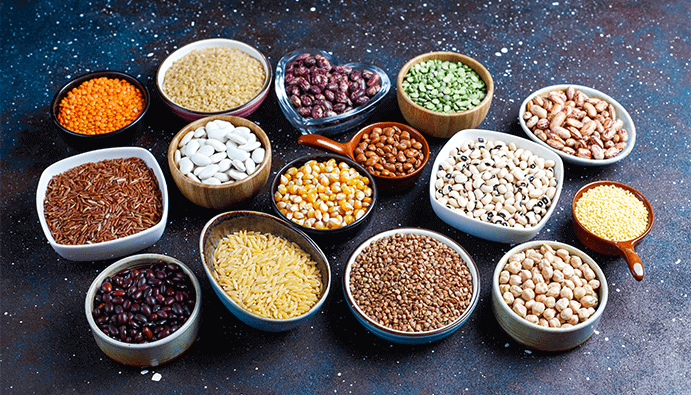Determination of Zearalenone: Mycotoxin Analysis in Foods
What are the Health Hazards of Zearalenone?

What is Zearalenone?
Zearalenone is a mycotoxin produced by molds of the genus Fusarium and is commonly found in corn, wheat, barley, rice and other grains. It is usually formed when molds proliferate in inappropriate conditions (high humidity and temperature) during storage. This toxin can cause reproductive problems in animals and health risks in humans, especially due to its hormonal effects.
- Chemical Structure: Zearalenone is a non-steroidal compound with estrogen-like effects.
- Products Affected: It can be found in cereals, cereal-based products, feed and processed food products.
Health Effects of Zearalenone
Zearalenone can have serious effects on human and animal health:
- Hormonal Effects: Zearalenone has an estrogen-like effect and can lead to hormonal imbalances, especially in women. In animals, fertility problems, decreased milk yield and reproductive disorders are observed.
- Carcinogenic Potential: Long-term exposure to zearalenone may increase the incidence of hormone-related cancers. In particular, it has been associated with an increased risk of breast, uterine and prostate cancer.
- Immune System and Developmental Disorders: May suppress the immune system and increase the risk of infection. It can cause growth and development problems in children.
Zearalenone in Foods
Zearalenone is commonly found in cereal crops and processed foods made from these crops:
- Corn and Wheat: Corn is one of the grains most vulnerable to zearalenone contamination. There is a high risk of mold growth during storage.
- Barley and Rice: Barley and rice grown in humid regions are at risk for zearalenone.
- Cereal-based Processed Foods: Products such as bread, pasta and biscuits may carry zearalenone residues.
- Animal Feed: When present in animal feed, zearalenone can pass into milk, meat and other animal products.
Legal Limits for Zearalenone
Acceptable levels of zearalenone in food and feed are set by international and national authorities:
- European Union: 100-200 µg/kg maximum for zearalenone in maize and cereal products.
- Turkey: The Turkish Food Codex applies similar limits in cereals and feed.
- USA: FDA sets more flexible limits for zearalenone in feed.
Nanolab Laboratories Group continues to provide services within the scope of Zearalenone Determination. We also provide services in Mycotoxin Detection.
Contact us for more information.
You can follow us on LinkedIn for up-to-date news and posts about our services.
Follow our Instagram account to be informed about our latest blog posts.

